- Decent performance
- I vaguely remember
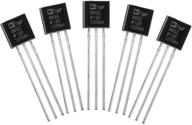
5
·
Very good


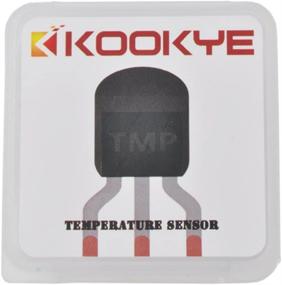
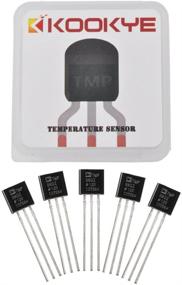
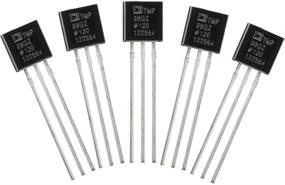

Thermometer B.Well WF-4000 white

57 Review
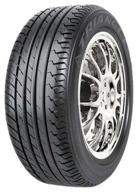
Triangle Group TR918 225/45 R18 95V summer

61 Review
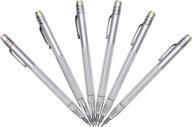
IMT 6 Pack Tungsten Carbide Tip Scriber Aluminium Etching Engraving Pen With Clip And Magnet For Glass, Ceramics, Metal Sheet

38 Review

168-Piece General Household Tool Set Kit With Plastic Storage Case In Bright Orange By CARTMAN

40 Review

📏 Johnson Level and Tool 400EM-S 12-Inch Heavy Duty Metal Combination Square for Professionals, with Inch/Metric Measurements, Silver - 1 Square

8 Review
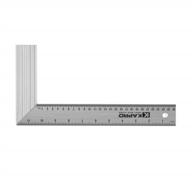
Kapro 307-08-TMS Try And Mitre Layout And Marking Square With Stainless Steel Blade, 8-Inch Length

18 Review

➕ Stainless Steel L-Square, Size 3-Inch x 4-Inch, Zona 37-434

8 Review

🔲 Johnson RAS-1B Johnny Square: Professional Aluminum Rafter Square, 7'', Silver - Top Quality with 1 Square

8 Review